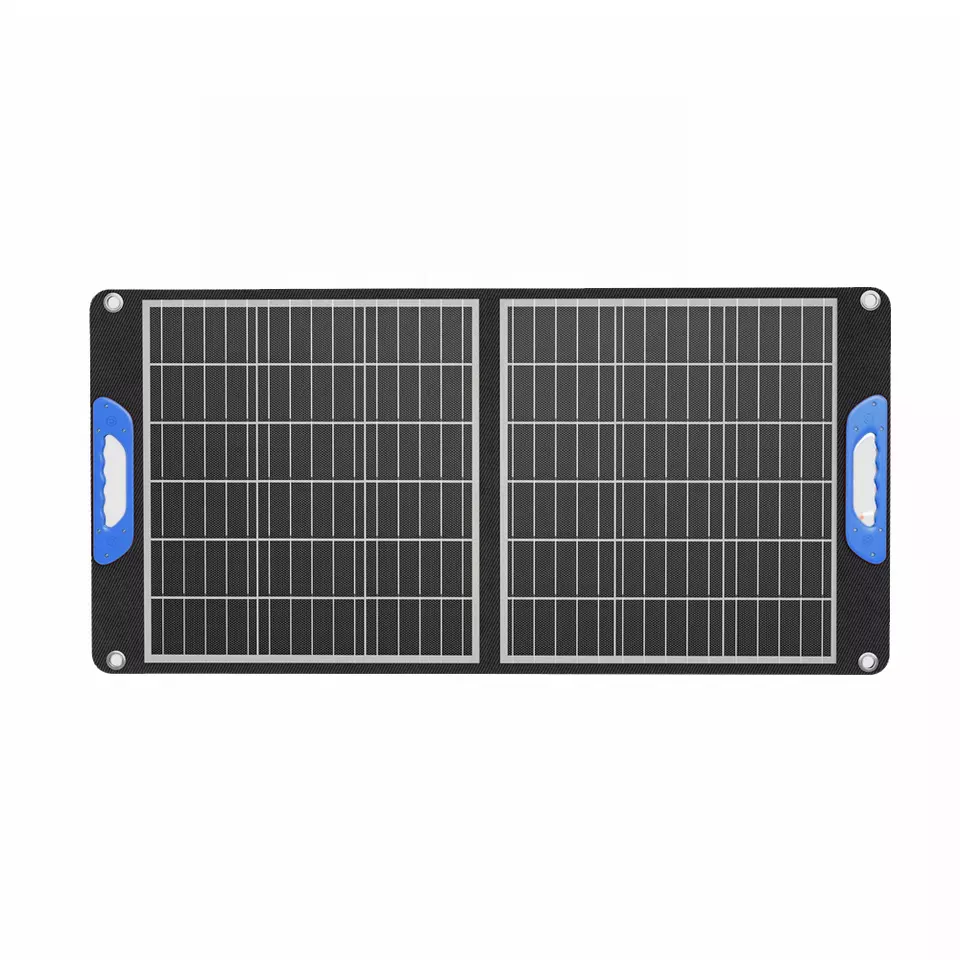In the past two years, with the rapid advancement of mobile communication technology, smart lighting has captured growing attention from both the media and the public. As a result, new functionalities have emerged, expanding the scope of what lighting systems can do. Looking at the current trends in lighting systems, it's clear that future intelligent lighting will not only fulfill traditional illumination needs but also support automatic interactions, offering a more convenient, safe, and comfortable experience.
The traditional lighting supply chain has long operated in isolation, without much integration with other sectors. This has led to the current state where smart lighting is still limited to basic connections with other devices. However, there is significant potential for further development. The future of lighting should shift from being function-driven by manufacturers to being control system-oriented, enabling more advanced and integrated solutions.
**1. Visible Light Communication Enhances Data Transmission**
With the rise of the Internet of Things, lighting has found new applications beyond just aesthetics and illumination. It can now be used for communication, positioning, and more. For instance, in the early days of maritime communication, ships used Morse code via light signals to send messages to ports—this was an early form of visible light communication. Today, modern visible light communication uses electronic circuits to transmit data up to 100 million times faster than traditional methods, allowing for massive data transfer in the same time frame.
Smart lighting can communicate without turning the LED on or off. Even slight changes in brightness can be detected by sensors. Technically, this is achieved by controlling the current intensity, which is not complicated. Currently, dimming and communication functions are handled by separate chips, but future integration will reduce costs and size, making it more practical.
Despite its potential, smart lighting faces competition from established technologies like Wi-Fi and RF. Therefore, the focus for extended applications is on indoor positioning, where smart lighting offers higher accuracy and reliability.
**2. Indoor Positioning Technology Improves Accuracy**
Outdoor positioning has become highly developed, with increased precision. For example, Raiscon’s smart streetlight system includes fault detection and integrates with GIS maps to pinpoint faulty lamps quickly, improving maintenance efficiency and safety. In cities like Shenzhen, this system has been widely deployed across various areas.
However, indoor positioning is still in its early stages, with existing technologies like Wi-Fi offering only 5–10 meters of accuracy. Smart lighting, on the other hand, assigns each bulb a unique address, allowing for sub-meter accuracy and significantly reducing error rates.
**3. Expanding the Possibilities of Intelligent Lighting**
International manufacturers are actively exploring new applications for smart lighting. Beyond hospitals, the next big markets will likely include schools and homes. In the coming years, we can expect a surge in innovative uses of smart lighting, driving growth in both the lighting and ICT industries.
Today, we're already seeing real-world applications such as using lights for museum guidance, indoor navigation, and creating indoor maps. The integration of business intelligence with smart lighting is becoming more common and grounded in practical use.
For example, a retail store can leverage IoT-enabled lighting to analyze customer behavior, optimize operations, and improve marketing effectiveness. Some key benefits include:
1. Understanding consumer movement patterns and preferences for personalized marketing.
2. Enhancing forecasting accuracy for events, promotions, and ads to better allocate resources.
3. Monitoring sales performance, customer satisfaction, and employee productivity.
4. Aligning sales strategies with corporate goals and customer needs.
5. Evaluating departmental and store performance effectively.
6. Adjusting resources based on seasonal and cyclical factors to maximize profits.
These are just some of the ways IoT can transform how businesses operate. As smart lighting continues to evolve, its role in shaping the future of connectivity and automation will only grow.

Whaylan 80W portable power station
- High conversion efficiency, high-transmission rate.
- Energy saving, environmental-friendly, Safty, No pollution
- Advanced technology, strict quality control system.
- Easy installation, safe operation, free maintenance.
- 10-year product warranty,12-year warranty at 90% power output,25-year warranty at 80% power output
- Quality in priority, clients the upmost.
80w Solar Panel,Foldable Solar Panel,Flexible Solar Panel,Oem Solar Panel,Solar Panel Charger
suzhou whaylan new energy technology co., ltd , https://www.xinlingvideo.com